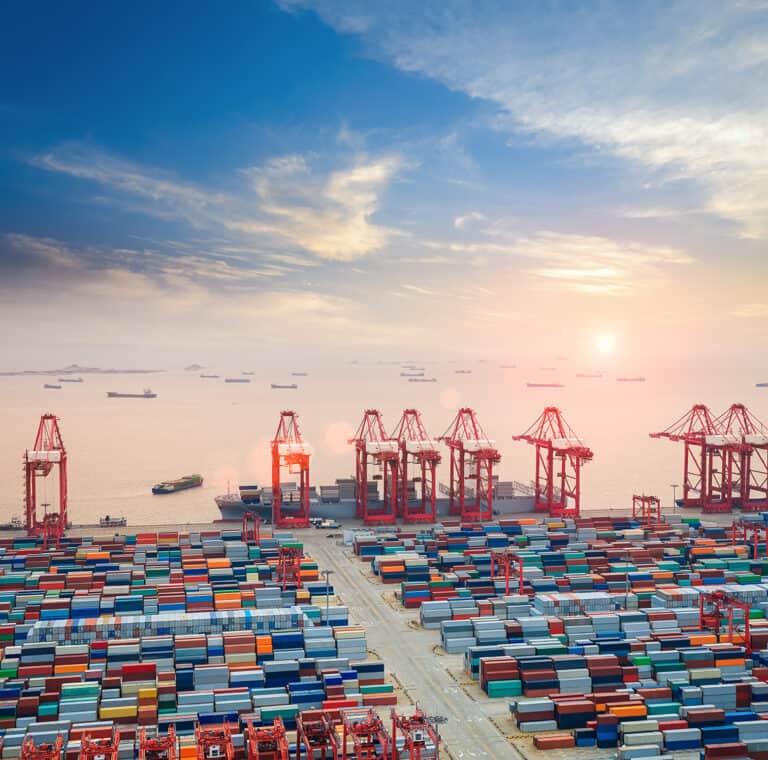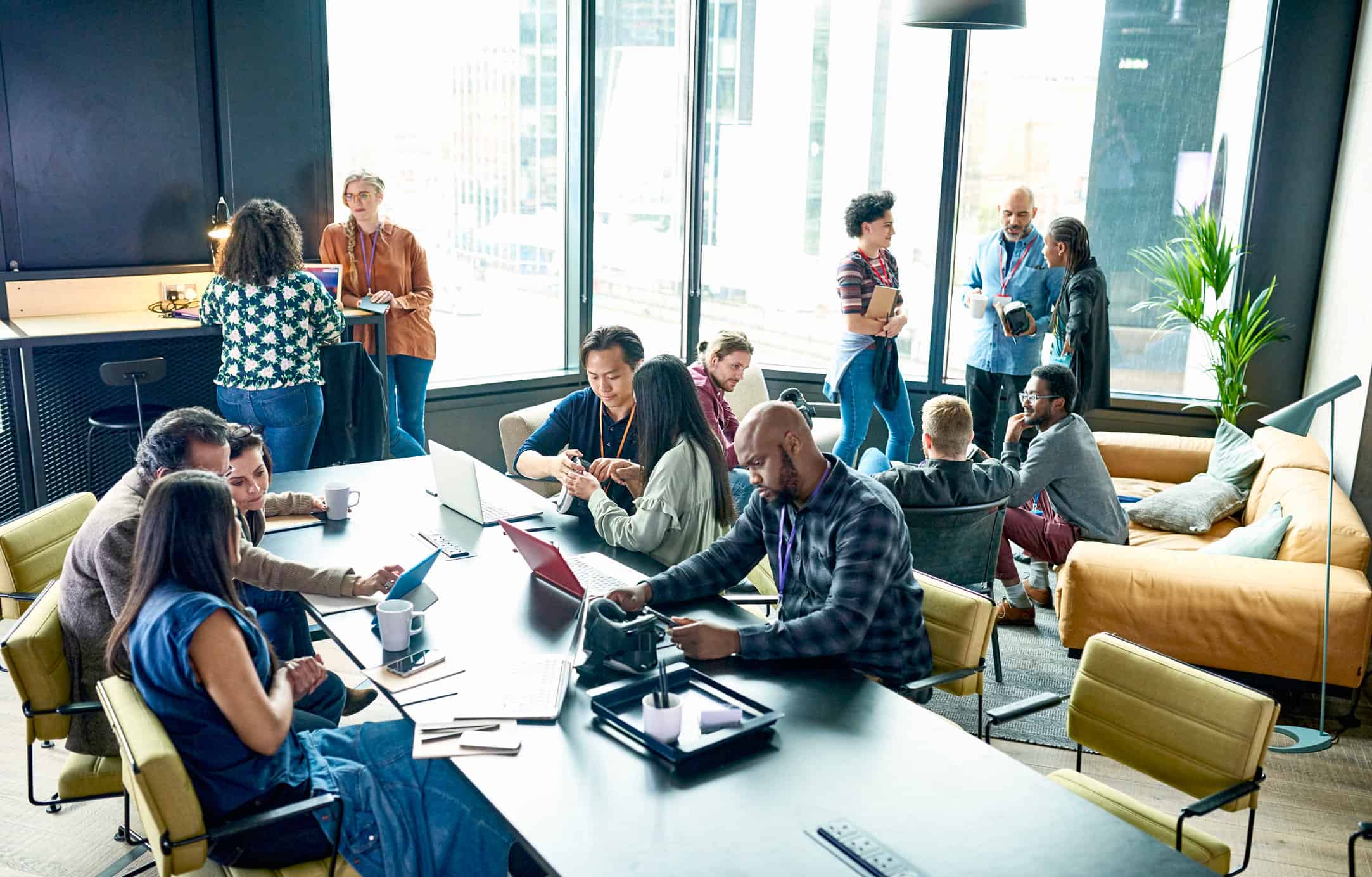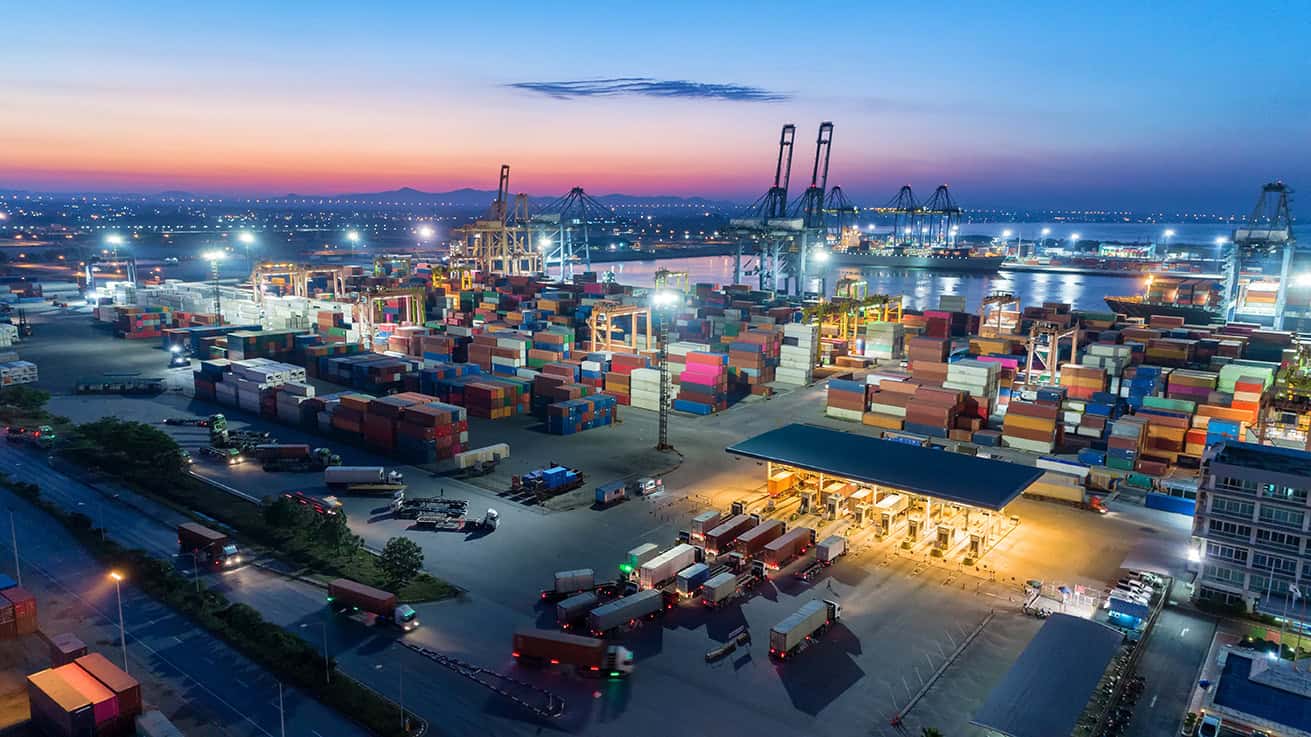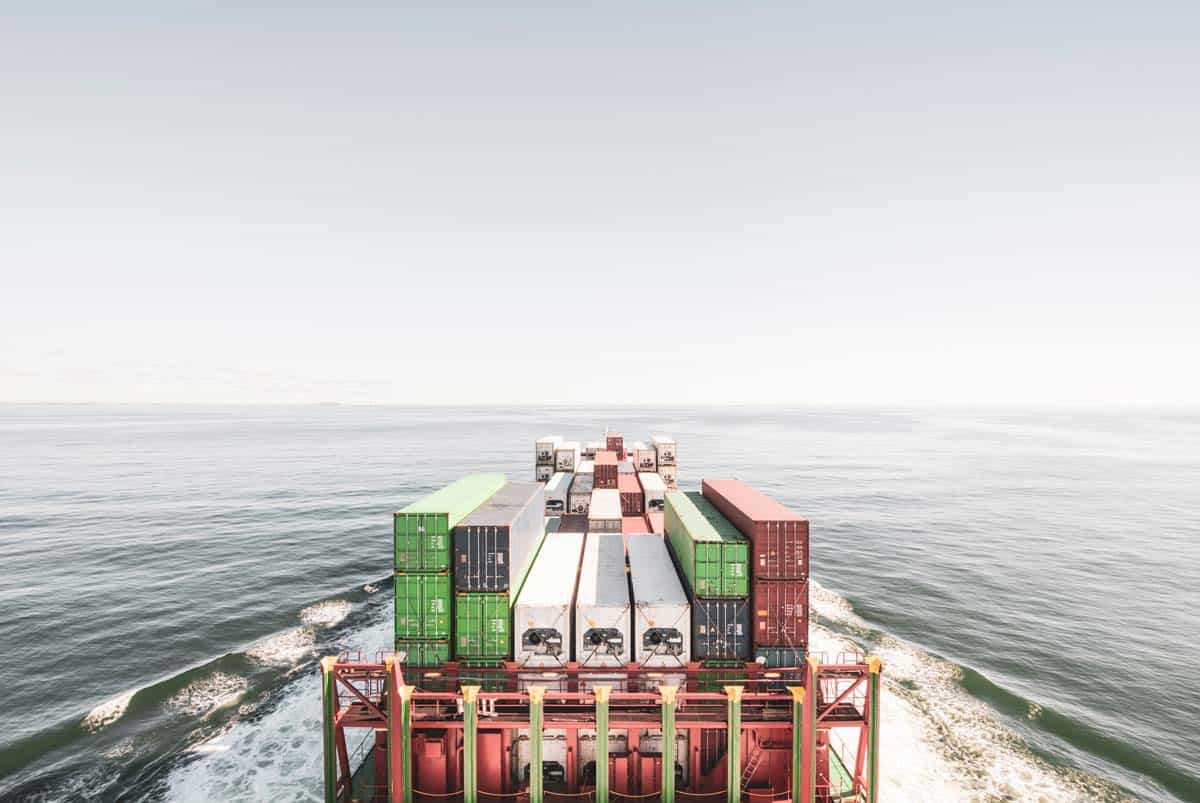Blog
Featured
Cracking the Code of Global Trade Content with e2open’s Global Knowledge®
Do you feel like global trade compliance is a game you just can’t seem to beat? Between keeping tabs on shifting tariffs and duties, deciphering restricted party lists and sanctions, managing trade can feel like playing chess blindfolded. Fortunately, tools like e2open’s Global Knowledge® are empowering businesses to streamline trade operations, dodge compliance risks, and stay sharp and competitive. In this blog, we’ll dive into key challenges organizations face when managing global trade content, and how a trade content tool can make it easier.














